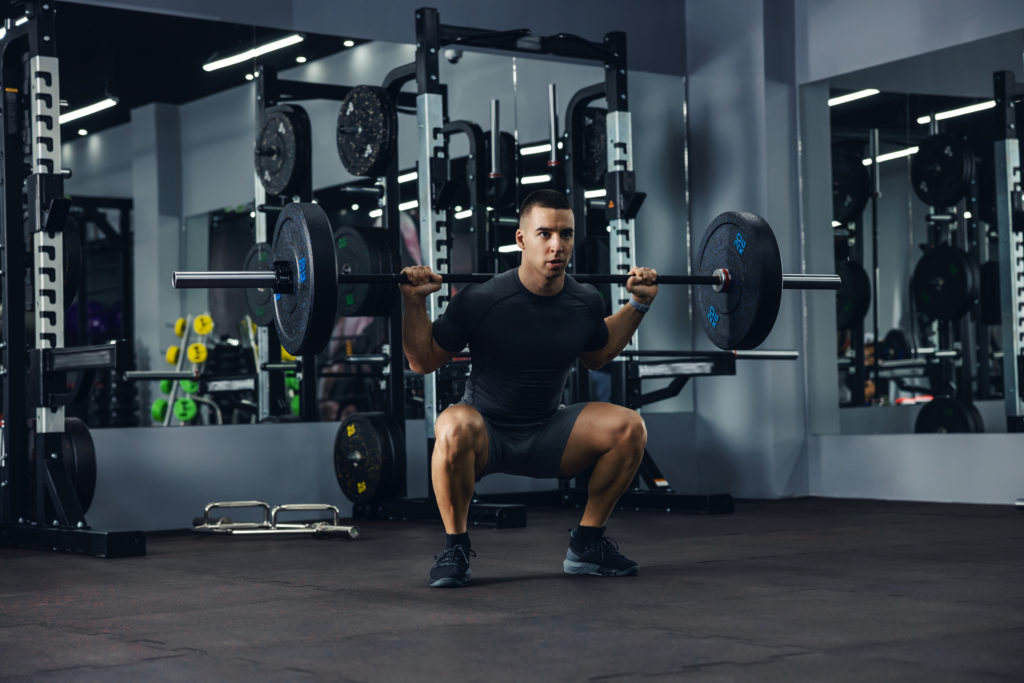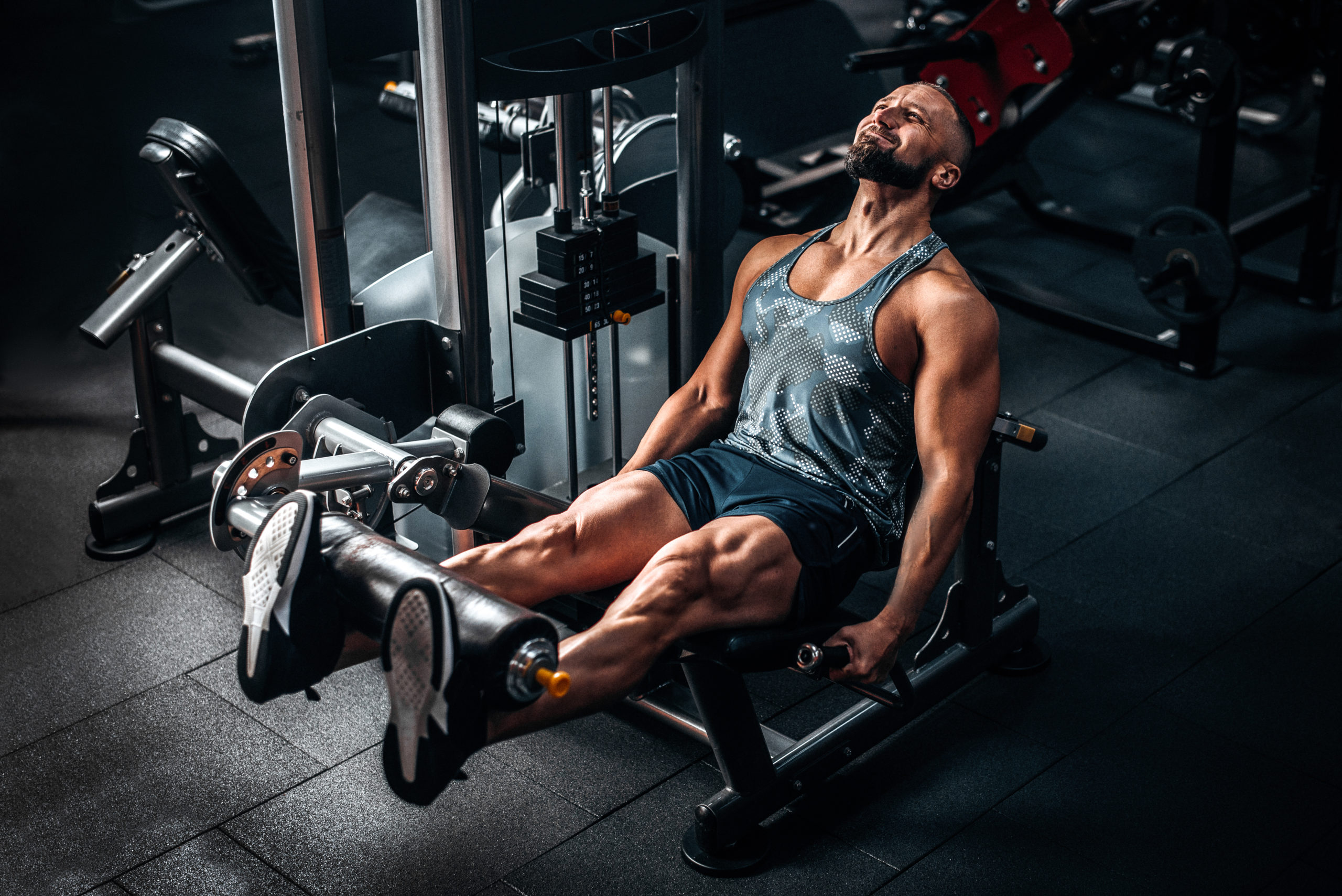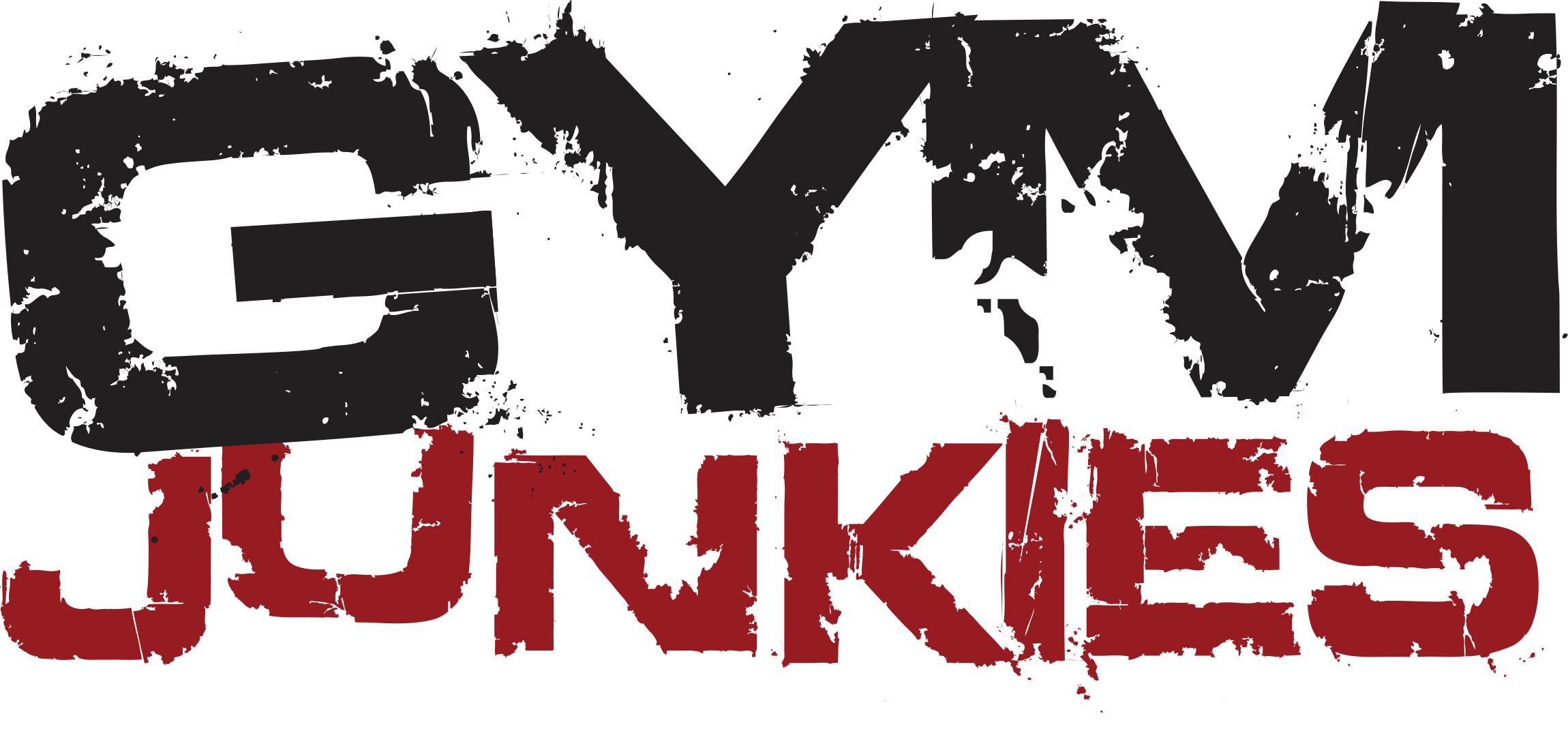Leg day is often seen as the most challenging yet rewarding workout of the week for any fitness enthusiast. Not only does it target large muscle groups which are vital for building overall strength, but it also plays a significant role in improving athletic performance and functional fitness. Among the many exercises that can be performed during leg day, two stand out for their effectiveness and popularity: Leg Day: Back Squat vs. Hack Squat.
Additionally, incorporating chain lifting into your regimen can help elevate your training to new heights. In this blog post, we will dive into the specifics of the back squat vs hack squat, explore the benefits of each, and discuss how chain lifting can enhance your workouts.

The Importance of Leg Workouts
Before we dive into the comparisons, let’s establish why leg workouts are essential.
-
Muscle Development
The legs consist of some of the largest muscle groups in the body, including the quadriceps, hamstrings, glutes, and calves. Training these muscles not only aids muscle growth but also contributes to improved bodily aesthetics.
-
Strength Foundation
Strong legs are crucial for overall strength. Many compound lifts, such as deadlifts and bench presses, significantly rely on a strong, stable lower body.
-
Functional Fitness
A well-rounded leg workout enhances mobility, balance, and endurance, which are vital for everyday tasks and recreational activities.
-
Hormonal Benefits
Leg workouts, especially compound movements like squats, can stimulate the release of hormones like testosterone and growth hormone, promoting overall muscle growth and recovery.

An Overview of Squats
Squats are seen as one of the most effective lower-body exercises. They engage multiple muscle groups and can be performed in various styles. Here, we will focus on two famous squats: the back squat and the hack squat.
Leg Day: Back Squat vs. Hack Squat
What is a Back Squat?
The back squat is a highly effective compound exercise that targets the muscles in the quads, hamstrings, glutes, and lower back. It involves placing a barbell across your upper back and shoulders while performing a squat.
How to Perform a Back Squat
- Set up a barbell on a squat rack at chest level.
- Step under the bar and position it on your upper traps. Grip the bar with hands slightly wider than shoulder-width.
- Stand up to lift the bar off the rack and take a step back.
- Feet should be shoulder-width apart with toes slightly pointed out.
- Lower your body by bending your knees and pushing your hips back, keeping your chest up and back straight.
- Descend until your thighs are parallel to the ground or lower, depending on your flexibility and form.
- Push through your heels to rise back to the starting position.
Benefits of the Back Squat
- Muscle Engagement: The back squat targets the quadriceps, hamstrings, glutes, and lower back, making it a comprehensive lower body exercise.
- Core Stability: The back squat engages the core to stabilize the body, promoting good posture and reducing the risk of injury.
- Functional Strength: This exercise mimics everyday movements like sitting and standing, making it more applicable to real-world activities.
- Versatile: The back squat can be modified by changing barbell placements, adding weights, or using variations like front squats for further engagement.
The Hack Squat
What is a Hack Squat?
The hack squat is a machine-based exercise that targets the quads primarily, with secondary focus on the glutes and hamstrings. It allows for a more controlled squat motion and can be a great alternative for those who may have lower back issues.
How to Perform a Hack Squat
- Set the machine’s shoulder pads to a comfortable height.
- Position your back against the pad and your shoulders under the pads.
- Place your feet shoulder-width apart along the footplate.
- Keep your chest up and press through your heels, lowering your body into the squat position by bending your knees.
- Descend until your thighs are parallel to the ground.
- Push through your heels to return to the starting position.
Benefits of the Hack Squat
- Isolation of the Quads: The hack squat places greater emphasis on the quadriceps compared to the back squat.
- Increased Safety: The machine assists in stabilizing the movement, allowing for safer lifts, particularly for those who may not have a spotter.
- Easier for Beginners: The controlled motion can be especially beneficial for beginners learning proper squat form without risking injury.
Back Squat vs. Hack Squat: A Comparative Analysis
When deciding between the back squat vs hack squat, it ultimately comes down to your fitness goals, preferences, and body mechanics. Here’s a comparison of both exercises in greater detail, considering various factors such as muscle engagement, risk of injury, accessibility, versatility, and specific training goals.
-
Muscle Engagement
Back Squat: The back squat is a compound exercise that engages multiple muscle groups. It primarily targets:
- Quadriceps: The main muscles that extend the knee.
- Glutes: Significant recruitment during the upward phase.
- Hamstrings: Assist in stabilizing the movement, especially during the lowering phase.
- Lower Back/Erector Spinae: Provides stabilization and support for the spine throughout the squat.
Because of this multi-joint engagement, back squats are often favored for overall leg strength and muscle development.
Hack Squat: The hack squat tends to emphasize the quadriceps more than the back squat, but it also activates:
- Glutes: Engaged less intensively than during back squats.
- Hamstrings: Provide some assistance during the movement.
- Core: While present, the demand for core stability is reduced compared to back squats due to the machine’s support.
For those specifically looking to isolate and develop their quads, the hack squat may be the better choice.
-
Risk of Injury
Back Squat: With free weights, the back squat carries a higher potential for injury if proper form is not maintained. Common problems include:
- Lower Back Strain: If the lower back rounds during the squat, it can lead to strains or injuries. Therefore, it’s crucial to maintain a neutral spine.
- Knee Injury: Incorrect knee alignment (such as allowing the knees to buckle inward) can increase the risk of injury.
With proper form and experience, back squats can be performed safely; many advanced lifters find this movement safe and effective for overall strength.
Hack Squat: The hack squat machine largely mitigates the risk of injury by providing a guided path. Advantages include:
- Stabilization: The machine supports your back and minimizes unwanted movements that can lead to injury.
- Knee Alignment: A well-designed hack squat machine allows for better knee tracking, reducing strain on the knee joints.
The hack squat is generally viewed as a safer option for those who may be new to squatting, have previous lower back injuries, or wish to minimize the risks associated with free-weight squats.
-
Accessibility
Back Squat: To perform back squats, you’ll need:
- A sturdy barbell and squat rack.
- Weights that can be added or removed (either in a gym or at home).
- Ideally, a spotter for safety, especially when lifting heavy.
This means access to a gym with proper equipment, or a home setup, makes back squats relatively easy to include in a training program.
Hack Squat: The hack squat machine’s accessibility is clearly defined:
- Most fitness facilities will have a dedicated hack squat machine, making it simple to incorporate into a workout routine.
- They require no specific equipment beyond the machine, which simplifies the setup.
Those who train in a gym with limited space or equipment may find the hack squat much more accessible than free weights.
-
Versatility
Back Squat: The versatility of back squats is one of the main reasons for their popularity:
- Variations: You can modify the back squat to target different areas of the lower body or change the emphasis on muscle engagement. Variations include front squats, box squats, split squats, and paused squats.
- Equipment Choices: You can change the weight load easily with different barbells, bands, or chains for added resistance.
By incorporating bands or chains lifting, you can modify the degree of resistance encountered throughout the movement. Chains lifting can add an element of progressive overload by allowing you to increase weight as you lift, particularly useful for advanced squatting.
Hack Squat: While the hack squat is somewhat limited by its design, it does have:
- Adjustability: Most machines allow changes in footplates, ensuring that different targets of the quads and hamstrings can be engaged.
- Specific Isolation Focus: While versatile, its variety generally revolves around the primary movement—targets primarily the quads with limited variation options.
-
Training Goals
Back Squat: If your goal is overall leg strength or building functional strength for sports or physical labor, the back squat is a foundational exercise. It:
- Supports more significant weight loads than the hack squat, ideal for those focused on building maximal strength and power.
- Enhances core strength due to the demand for stability throughout the movement.
Hack Squat: If your primary goal is isolating the quadriceps or adding lunging variation to your leg routine, the hack squat is an excellent addition. It:
- Offers an effective method of targeting the quads without straining the lower back, making it suitable for individuals with prior injuries or discomfort when performing back squats.
Can be used for hypertrophy-focused leg workouts, particularly for those who want to emphasize muscle growth in the quads. Its machine-based design enables a more controlled movement, which can be beneficial for bodybuilders or those looking to sculpt their leg muscles for aesthetic purposes.

The Role of Chains Lifting in Squat Variations
When discussing back squat vs hack squat, it’s important to mention the technique of chains lifting, which can significantly enhance the training effectiveness of these exercises. Chains lifting involves attaching chains to the barbell, adding variable resistance throughout the range of motion. Here’s how chains lifting can be integrated into your workouts:
-
Enhanced Progressive Overload
Chains lifting allows for gradual increases in resistance, as the chain length increases as you lift the barbell. This method is beneficial for both back squats and hack squats.
- In Back Squats: The weight of the chains increases as you complete the upward movement, requiring additional power and strength to lock out at the top. This can contribute to increased muscle fiber recruitment and strength increases over time.
- In Hack Squats: The chains also provide the added challenge, especially in the lower phase of the squat. As you descend, the resistance decreases, allowing for better control at the bottom of the movement. When you push up, the increased weight from the chains demands more force, encouraging the muscles to work harder.
-
Improved Strength Curve
Using chains in your squats changes the resistance throughout your range of motion, which can make your workout feel more dynamic.
- In Back Squats: Since you’re often stronger at the top of the squat, adding chains means that you experience the heaviest load when your muscles are working at their most tension-demanding phase (the bottom of the squat). This helps correct any strength imbalances throughout your squat.
- In Hack Squats: The same principle applies, allowing for maximized muscle tension shifting over the entire range of movement. It prepares your muscles for various strength adaptations, making them more versatile.
-
Motivation and Engagement
Incorporating chain lifting can provide an additional element of excitement and challenge to your workouts. The visual appeal of chains slithering on the ground while you lift can motivate and encourage you to focus on your lifting technique. By incorporating this variation into your back squat vs hack squat routine, you may find enhanced enjoyment and engagement during lower body workouts.
Specific Back and Hack Squat Workout Examples
To provide practical applications of the squat movements alongside chains lifting, here are a couple of sample workouts focusing on back squats and hack squats:
Sample Workout 1: Back Squat Focus
Warm-Up:
- Dynamic stretching (leg swings, walking lunges)
- Light-weight back squat: 2 sets of 10 reps
Workout:
- Back Squats (with chains):
- 4 sets of 6-8 reps (adding weight to the chains gradually)
- Deadlifts:
- 3 sets of 6-8 reps for overall posterior chain strength.
- Walking Lunges:
- 3 sets of 10-12 reps per leg to enhance unilateral leg strength.
- Leg Press (to complement the squat focus):
- 3 sets of 10-12 reps for overall leg volume.
- Core Work (Plank Variations):
- 3 rounds of 30-60 seconds to maintain core stability.
Sample Workout 2: Hack Squat Focus
Warm-Up:
- Dynamic stretching (hip openers, knee hugs)
- Light-weight hack squat: 2 sets of 10 reps
Workout:
- Hack Squats (with chains):
- 4 sets of 8-10 reps (focusing on controlled movement).
- Leg Curls:
- 3 sets of 10-12 reps targeting the hamstrings.
- Calf Raises:
- 4 sets of 10-15 reps for calf strength.
- Leg Extensions:
- 3 sets of 10-12 reps for quadriceps isolation.
- Abdominal Work (Russian Twists):
- 3 rounds of 15-20 reps per side to enhance core strength.

Conclusion
Both the back squat vs hack squat exercises offer unique benefits and have specific applications in a well-rounded leg training regimen. The back squat excels in overall muscle engagement and functional strength but requires more stabilization and proper form to avoid injuries. The hack squat, on the other hand, provides a targeted approach, particularly for the quadriceps, and comes with less risk when performed using the squat machine.
Incorporating chains lifting into either squat variation can further enhance your workout by allowing for progressive overload and dynamic resistance training, promoting more significant strength adaptations.
-Terry Asher
Terry Asher
Latest posts by Terry Asher (see all)
- Better Family – Product Review Liquid Daily 2 oz - Dec 16, 2024
- Post-Workout Recovery: The Key to Optimal Performance - Nov 25, 2024
- Pre-Workout Supplements – Everything You Need To Know - Nov 18, 2024











[…] Source link […]
[…] Source link […]